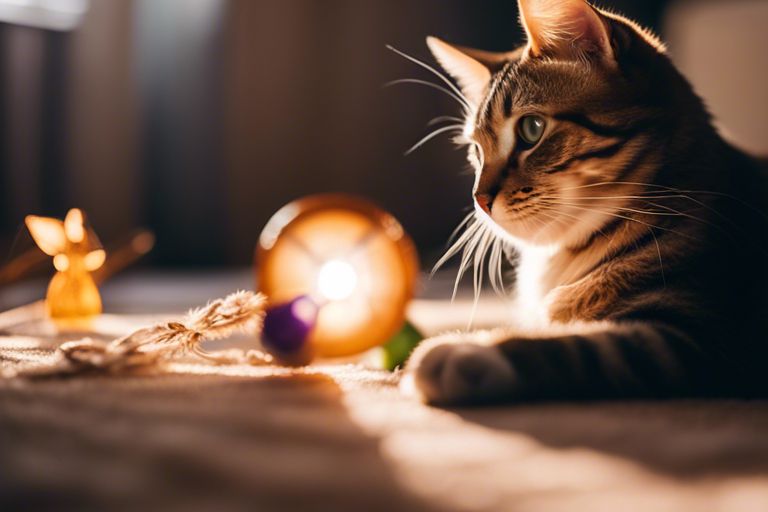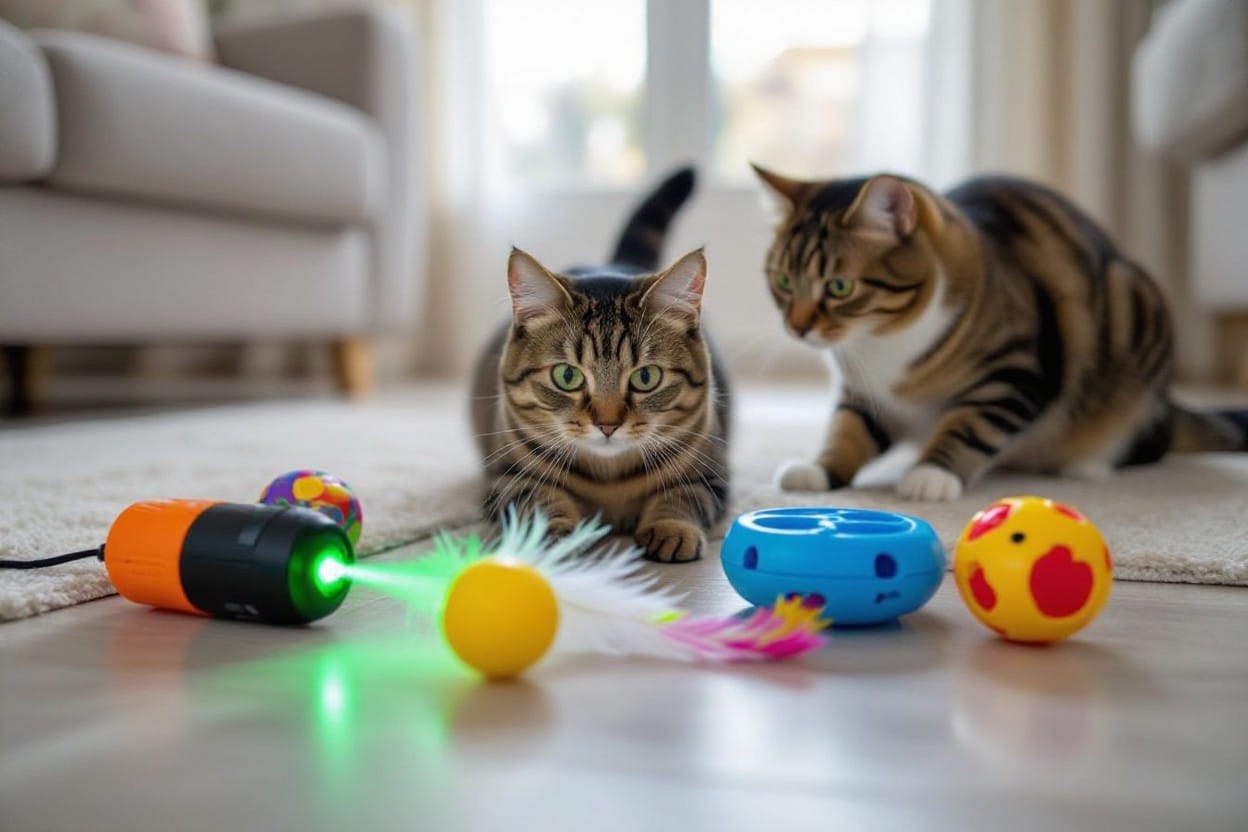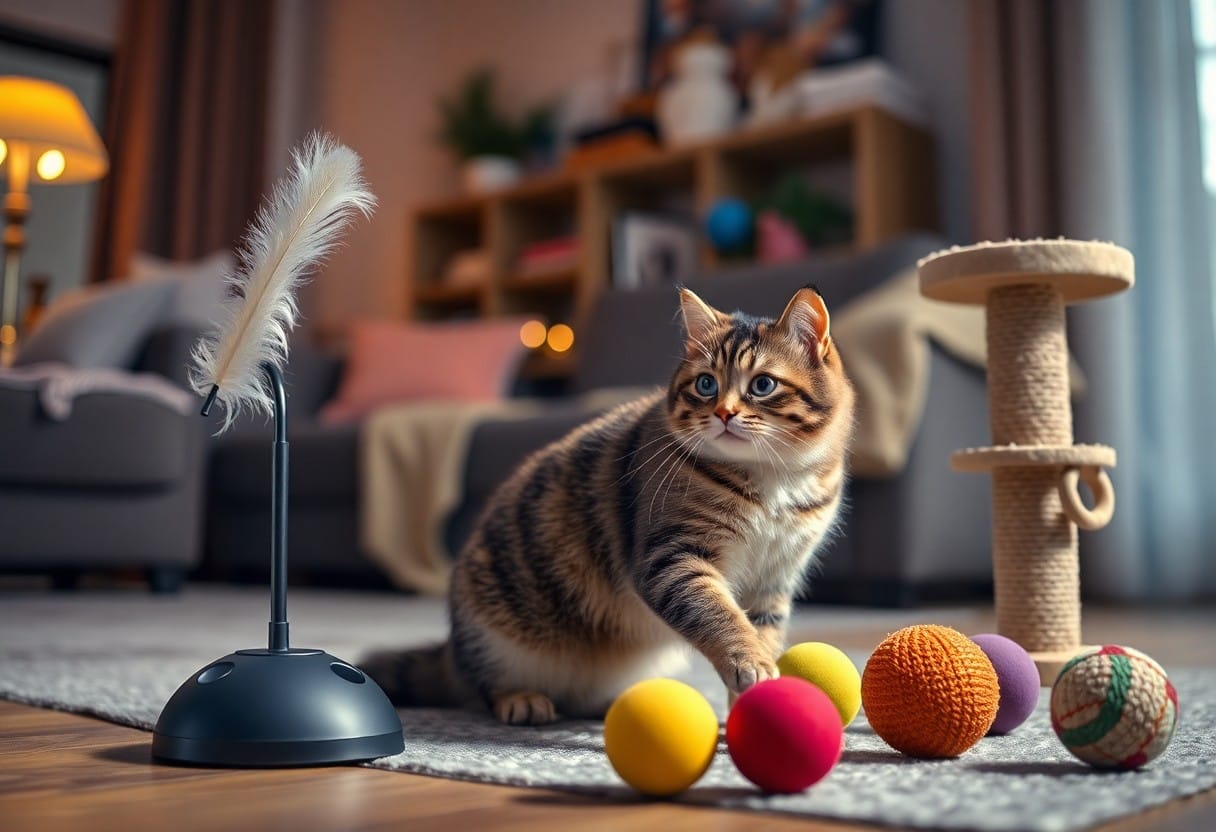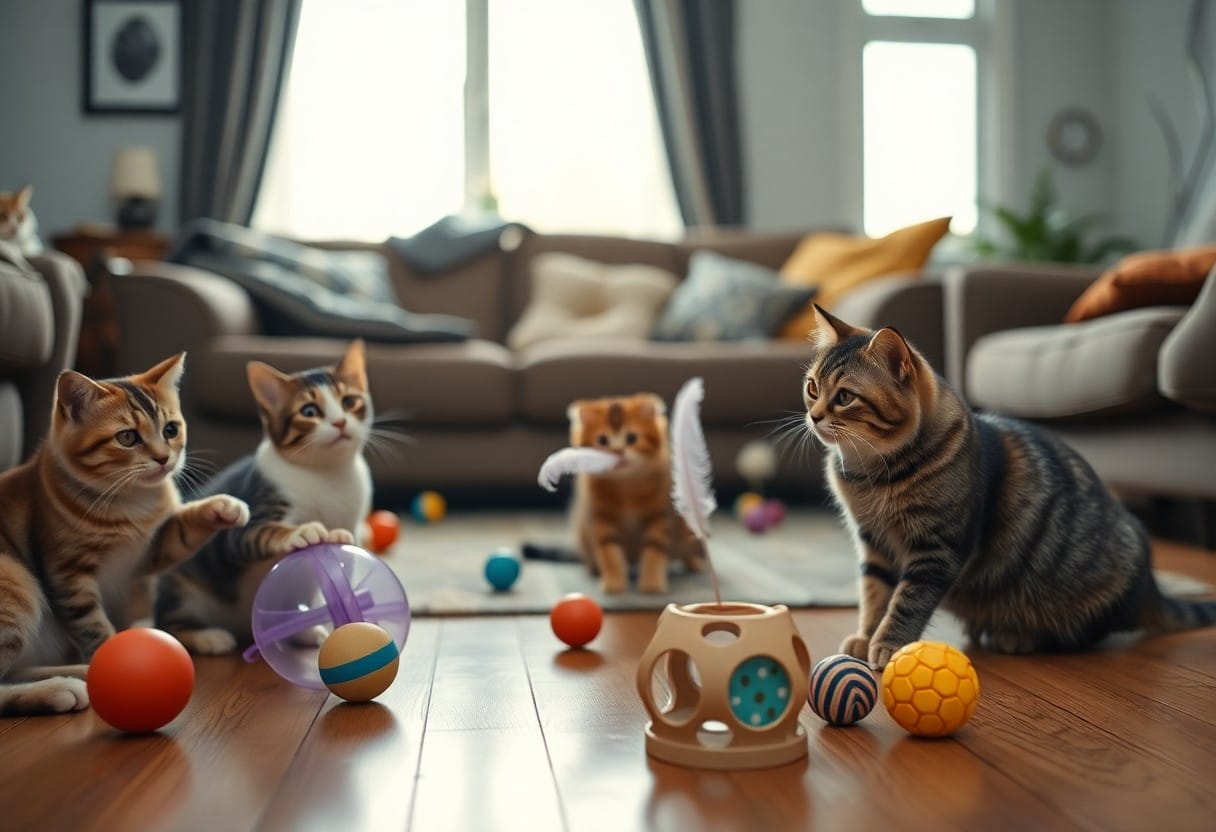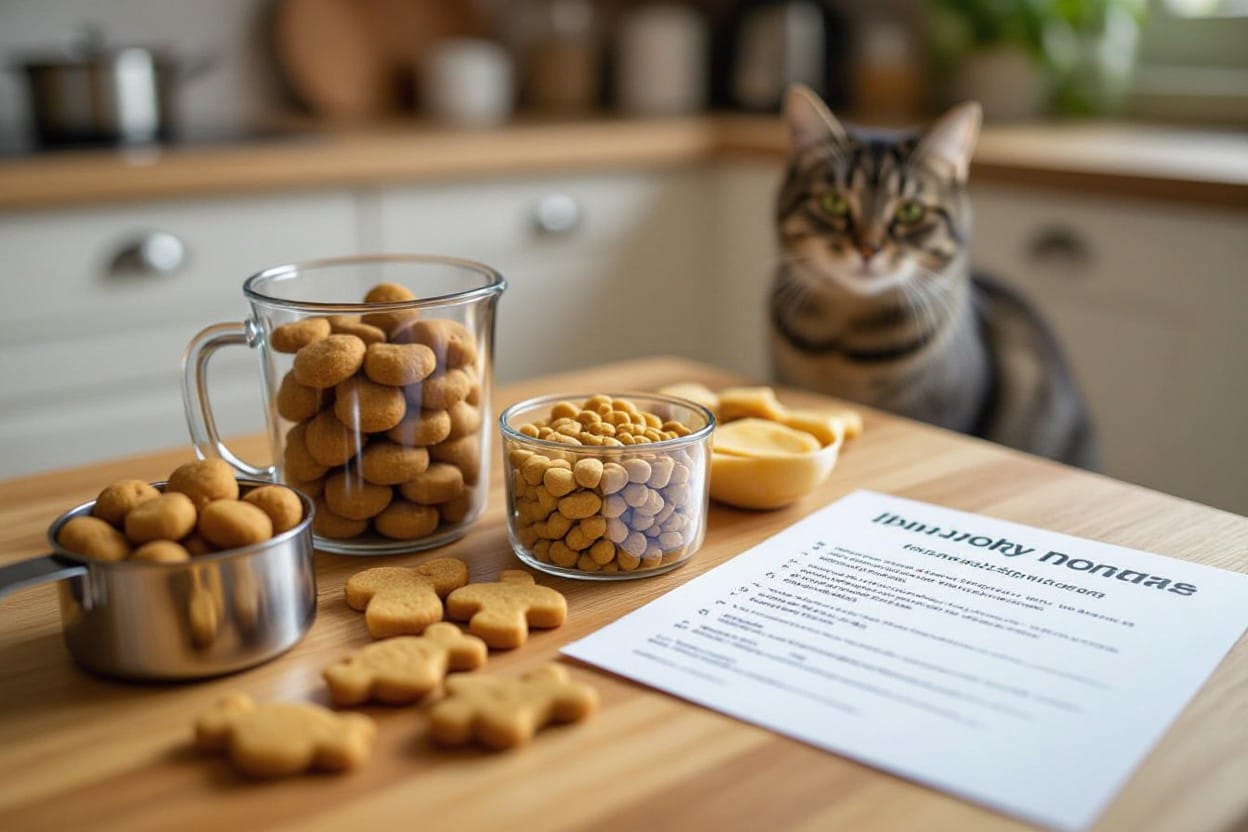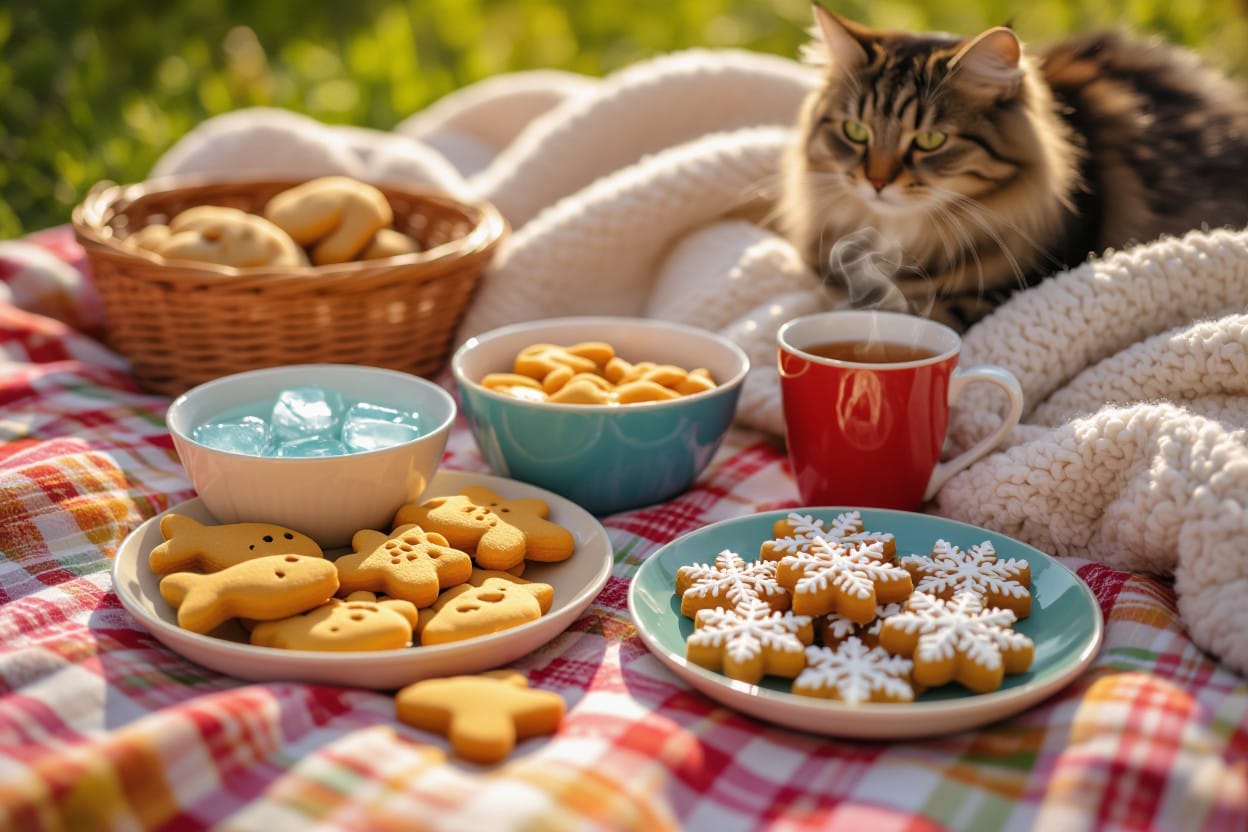Many cat owners may underestimate the significance of playtime in their feline companion’s daily routine. Engaging your cat in regular play sessions is imperative for keeping them physically and mentally healthy. In this blog post, we will explore the importance of playtime for cats and provide tips on how to incorporate fun and interactive activities into your cat’s lifestyle to keep them active and happy.
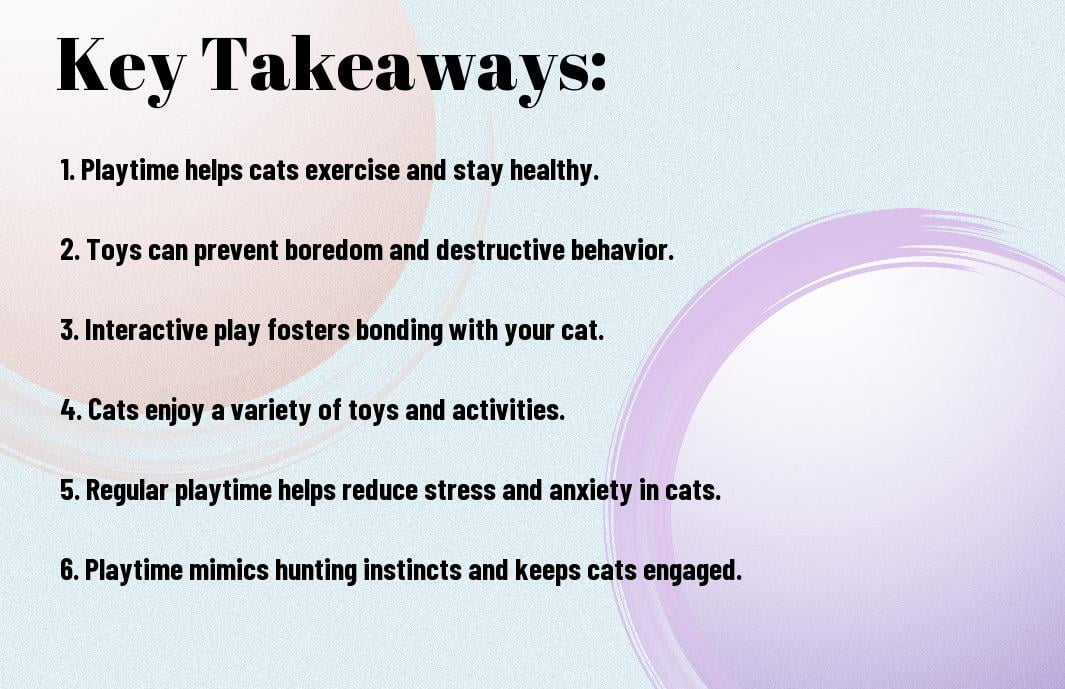
The Science of Play
Even though playtime may seem like just a fun activity for your cat, there is scientific evidence that proves its importance in their overall well-being.
Physical Health Advantages
The physical benefits of playtime for cats are numerous. Regular play helps to maintain a healthy weight, improve muscle tone, increase flexibility, and prevent obesity-related issues. Interactive play sessions also promote better circulation and cardiovascular health.
Mental and Emotional Benefits
To further emphasize the significance of playtime, it is crucial to understand the mental and emotional benefits it provides for your cat. Play helps stimulate their mind, alleviate boredom, reduce stress, and prevent behavioral issues. Cats are natural hunters, and playtime allows them to exhibit their hunting instincts in a safe and controlled environment.
Emotional well-being is equally important for cats as it is for humans. Playtime not only strengthens the bond between you and your feline companion but also boosts their confidence and overall happiness. Cats that engage in regular play are often more social, outgoing, and better equipped to handle changes in their environment.
Assessing Your Cat’s Playfulness
Now that you understand the importance of playtime for your cat, it’s crucial to assess your feline friend’s playfulness to tailor the activities to their preferences and needs. Not all cats enjoy the same types of play, so observing your cat’s behavior can give you valuable insights into their play style.
Different Play Styles
Your cat’s play style can vary significantly from other felines. Some cats enjoy interactive play with toys that mimic prey, such as feather wands or laser pointers. Others might prefer solo play with toys they can bat around, like balls or crinkly toys. Observing how your cat interacts with different toys can help you determine their preferences and create engaging play sessions that they will eagerly participate in.
Signs of a Play-Deprived Cat
Different cats show signs of being play-deprived in various ways. Some common indications include weight gain, destructive behavior, excessive grooming, or even aggression. If your cat seems disinterested in playtime or lacks the energy they once had, it might be a sign that they are not getting enough mental and physical stimulation through play. Introducing regular play sessions tailored to your cat’s preferences can help alleviate these issues and improve their overall well-being.
A play-deprived cat may also exhibit stress-related behaviors like hiding, excessive meowing, or refusing to eat. It is crucial to address these signs promptly by incorporating interactive play sessions into their daily routine. By understanding your cat’s play style and providing them with engaging toys and activities, you can ensure they lead a healthy and happy life.
Designing a Stimulating Environment
The Role of Interactive Toys
To keep your cat engaged and mentally stimulated, it’s crucial to provide a variety of interactive toys. These toys can mimic the movements of prey and encourage your cat to pounce, chase, and swat. Toys that dispense treats can also be a great way to keep your cat active and mentally sharp.
Creating Spaces for Climbing and Exploration
Spaces for climbing and exploration are vital for your cat’s physical health and mental well-being. Cat trees, shelves, and perches can provide vertical spaces for your cat to climb, jump, and survey their surroundings. Creating a multi-level environment will not only keep your cat active but also fulfill their natural instinct to perch up high.
Stimulating your cat’s environment with various heights and hiding spots will encourage natural behaviors like stalking and climbing. Adding different textures like carpet, sisal, and wood can also offer sensory enrichment for your cat.
Playtime as Bonding Time
For cat owners, playtime isn’t just about keeping your feline friend physically active – it’s also an important bonding experience. Spending quality time engaging in play activities with your cat can help strengthen your relationship, build trust, and foster affection.
Interactive Games to Build Trust and Affection
One of the most effective ways to deepen your bond with your cat is through interactive games. Activities such as feather wands, laser pointers, and interactive toys can help stimulate your cat’s natural instincts and provide quality bonding time. Engaging in playtime regularly can help your cat associate you with fun and positive experiences, strengthening the bond between you.
Recognizing Your Cat’s Play Preferences
Trust your instincts when it comes to understanding what kind of play your cat enjoys the most. Some cats may prefer chasing games, while others may be more interested in pouncing or stalking activities. By observing your cat’s behavior during playtime, you can tailor your interactions to suit their preferences and ensure a more enjoyable bonding experience.
Build trust and strengthen your bond with your cat by incorporating their favorite play activities into your daily routine. By showing genuine interest in your cat’s play preferences and engaging in interactive games that they love, you can create a deeper connection and enhance your relationship with your feline companion.
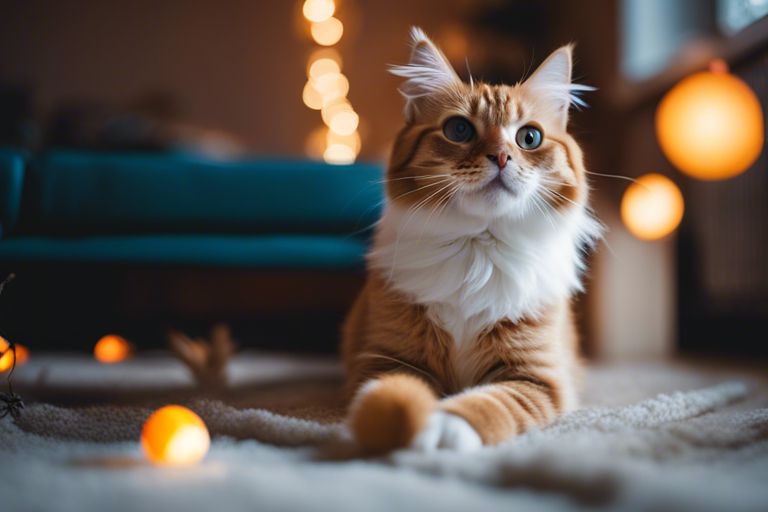
Exercise Through Play
Unlike dogs, cats are often seen as independent creatures who can entertain themselves. However, playtime is necessary for a cat’s physical and mental well-being. Regular play sessions can help maintain a healthy weight, improve muscle tone, and provide mental stimulation.
Safe and Effective Ways to Encourage Movement
With interactive toys such as feather wands, laser pointers, and puzzle feeders, you can engage your cat in physical activity while satisfying their hunting instincts. Rotate toys regularly to keep your cat interested and prevent boredom.
Balancing Active Play and Rest
Play is crucial for your cat’s overall health, but it’s necessary to strike a balance between active play and rest. Cats are natural nappers and will need plenty of downtime to recharge. Offer cozy spots for your cat to relax after play sessions and ensure they have a quiet space to retreat to when needed.
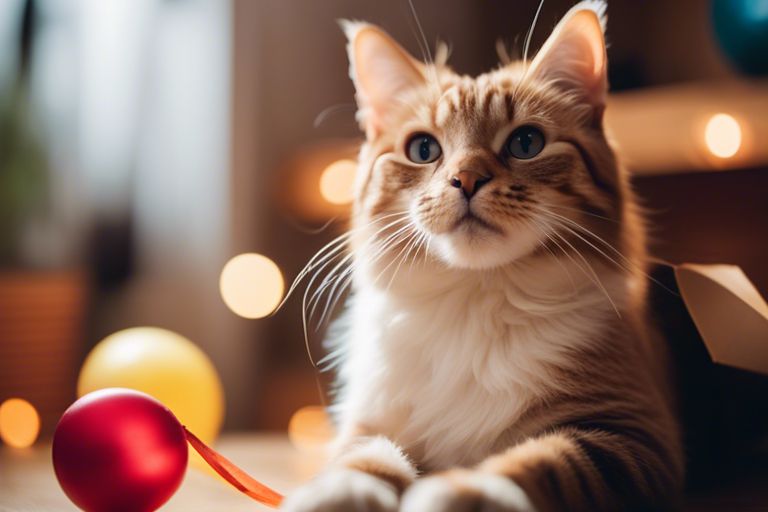
The Impact of Age and Health on Play
Adapting Playtime for Kittens and Senior Cats
All cats, regardless of age, benefit greatly from playtime. However, it is important to adapt the play activities based on the age and physical abilities of your cat. Kittens have a lot of energy and are more playful, so interactive toys that mimic prey, such as feather wands or small balls, are ideal to keep them engaged. Senior cats may not be as active as they once were, so choosing softer toys or puzzles that stimulate their minds can be a good way to keep them entertained.
Dealing with Health Constraints
For cats with health issues or physical limitations, it is crucial to modify playtime accordingly. Consult with your veterinarian to understand your cat’s specific needs and any restrictions they may have. This may involve choosing gentle activities that won’t strain their bodies or exacerbate their condition. Puzzle feeders or laser pointers can be great options for cats with mobility issues as they encourage movement without putting too much stress on their joints.
Health
Cats with chronic health conditions like arthritis may benefit from using toys that encourage gentle stretching and movement. It’s important to monitor your cat during playtime and stop immediately if you notice any signs of discomfort or distress. Note, the goal of playtime is to keep your cat physically and mentally stimulated while ensuring their safety and well-being.
Troubleshooting Common Playtime Challenges
Overcoming a Lack of Interest in Play
Many cat owners may encounter the challenge of their feline friend showing little to no interest in play. This lack of interest can be due to various factors such as the type of toy being used, the time of day, or even the mood of the cat. An effective way to overcome this challenge is to offer a variety of toys to see what captures your cat’s attention. Some cats prefer toys that mimic prey, such as feather teasers or crinkle balls, while others may enjoy interactive toys like laser pointers or puzzle feeders.
Addressing Overstimulation and Aggression
An issue that some cat owners face during playtime is dealing with overstimulation and aggression from their cats. This can manifest as your cat becoming too rough during play or even resorting to biting or scratching. To address this, it’s necessary to pay attention to your cat’s body language and cues. If you notice signs of overstimulation, such as dilated pupils or flattened ears, it’s crucial to stop play immediately. Additionally, provide appropriate outlets for your cat’s energy, such as scratching posts or solo play toys, to prevent aggression during interactive play sessions.
Interest: Overstimulation and aggression can occur if a cat becomes overly excited or frustrated during playtime. It’s important to establish boundaries and avoid encouraging behavior that may lead to aggression. By being mindful of your cat’s limits and providing a balance of physical and mental stimulation, you can help ensure that playtime remains a positive experience for both you and your feline companion.
To wrap up
Drawing together all the benefits of playtime for your cat, it is clear that keeping your feline friend active is crucial for their overall health and well-being. Playtime helps to prevent obesity, improve physical fitness, strengthen the bond between you and your cat, and provide mental stimulation. It is a natural behavior for cats and allows them to exhibit their hunting instincts in a safe and controlled environment.
By incorporating regular play sessions into your cat’s daily routine, you can help them lead a happier and healthier life. Whether it’s using interactive toys, laser pointers, or DIY games, finding activities that your cat enjoys can make a significant impact on their physical and mental health. So, make playtime a priority for your cat and watch as they thrive with increased energy, reduced stress, and a stronger connection with you as their caregiver.
FAQ
Q: Why is playtime important for cats?
A: Playtime is crucial for cats as it helps them to stay active, maintain a healthy weight, and prevent behavioral issues such as boredom and anxiety. It also stimulates their natural hunting instincts and provides mental stimulation.
Q: How much playtime does a cat need each day?
A: Cats generally need around 15-20 minutes of interactive playtime each day to keep them physically and mentally healthy. However, some cats may require more playtime depending on their age, breed, and energy levels.
Q: What are some fun toys for cats to keep them active during playtime?
A: Interactive toys such as feather wands, laser pointers, and puzzle feeders are great options to keep cats engaged during playtime. Cats also enjoy chasing toys like balls, mice, and strings.
Q: How can I make playtime more enjoyable for my cat?
A: To make playtime more enjoyable for your cat, try rotating their toys regularly to keep them interested, using a variety of toys to mimic hunting scenarios, and incorporating treats or catnip to reward them during play.
Q: What are the benefits of interactive playtime for indoor cats?
A: Interactive playtime for indoor cats helps to prevent obesity, promote healthy exercise, strengthen the bond between cat and owner, and alleviate stress or anxiety. It also provides mental stimulation and prevents destructive behaviors caused by boredom.
